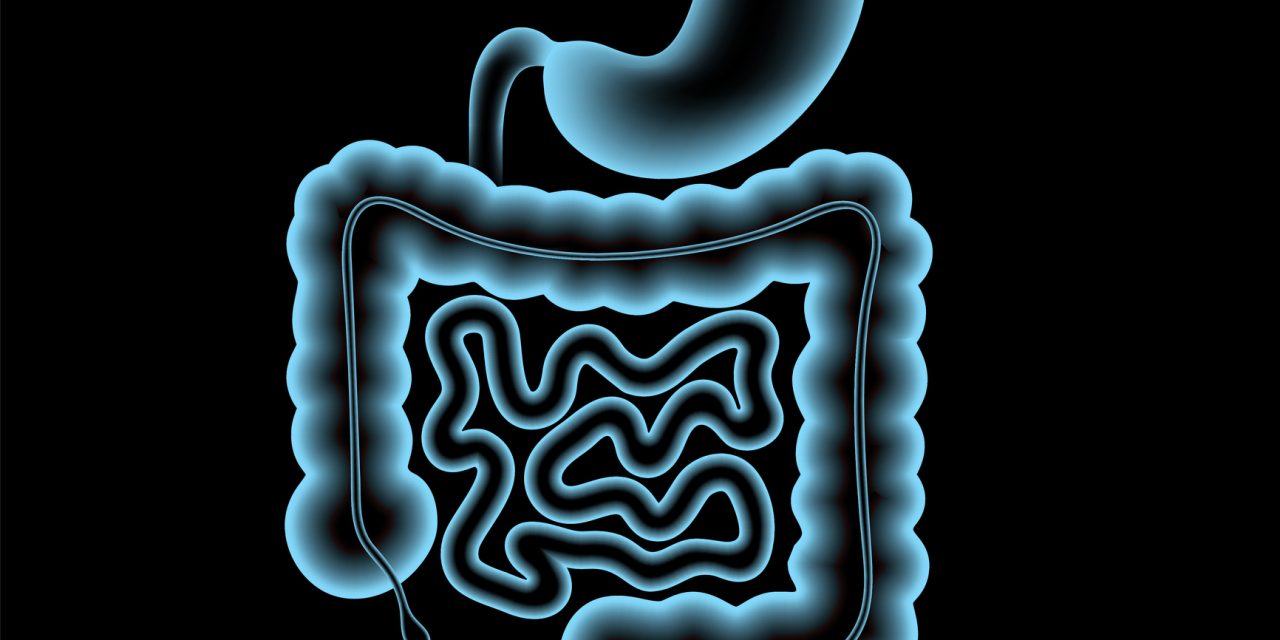Esophageal dysmotility is prevalent in esophageal atresia patients (EA). The use of high-resolution impedance manometry and pressure flow analysis (PFA) enables the study of biomechanical processes that drive bolus flow. The goals were to use PFA to measure esophageal motility in children with EA and to see if there was a link between PFA parameters and symptoms or endoscopic/histologic findings. In 16 children with EA and 13 patient controls, high-resolution impedance manometry was conducted. PFA was used to examine wet swallows. Medical records were examined for symptoms and pathology reports from the accompanying esophagoscopy. Patients with EA were arbitrarily divided into two groups based on their motility pattern: group A, which had distal contractions in 50% of their swallows, and group B, which had distal contractions in 50% of their swallows. All EA patients had aberrant esophageal peristaltic motor patterns. Bolus transmission was hampered, as evidenced by a greater impedance ratio in EA compared to controls. The impedance ratio was likewise greater in group B compared to group A. The PFA measurements had no correlation with dysphagia symptoms. The EA group had substantially reduced contractile segment impedance, a measure of mucosal integrity.
Bolus transfer was significantly changed in EA patients, although it did not predict symptoms. A higher efficiency of bolus propulsion is related with the existence of residual distal contractions.
Reference: https://journals.lww.com/jpgn/Abstract/2020/09000/Characterization_of_Esophageal_Motility_in.5.aspx


